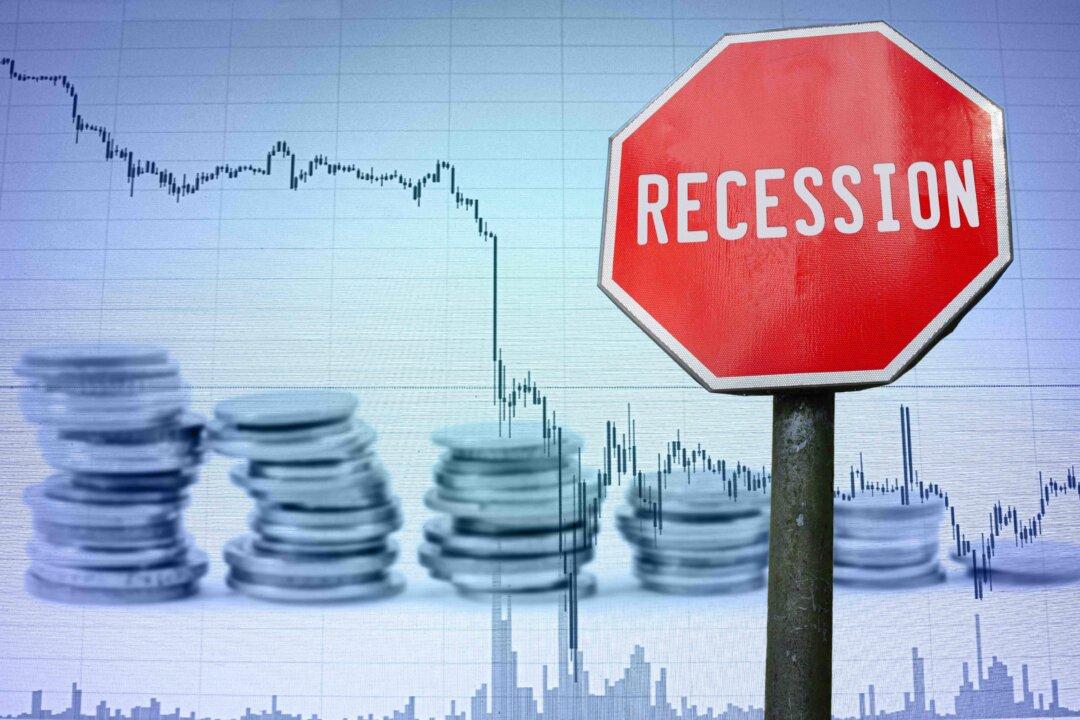Commentary
The United States is in recession. While two consecutive negative GDP prints is a raw (technical) measure of a recession, there’s no escaping from it anymore.

The United States is in recession. While two consecutive negative GDP prints is a raw (technical) measure of a recession, there’s no escaping from it anymore.